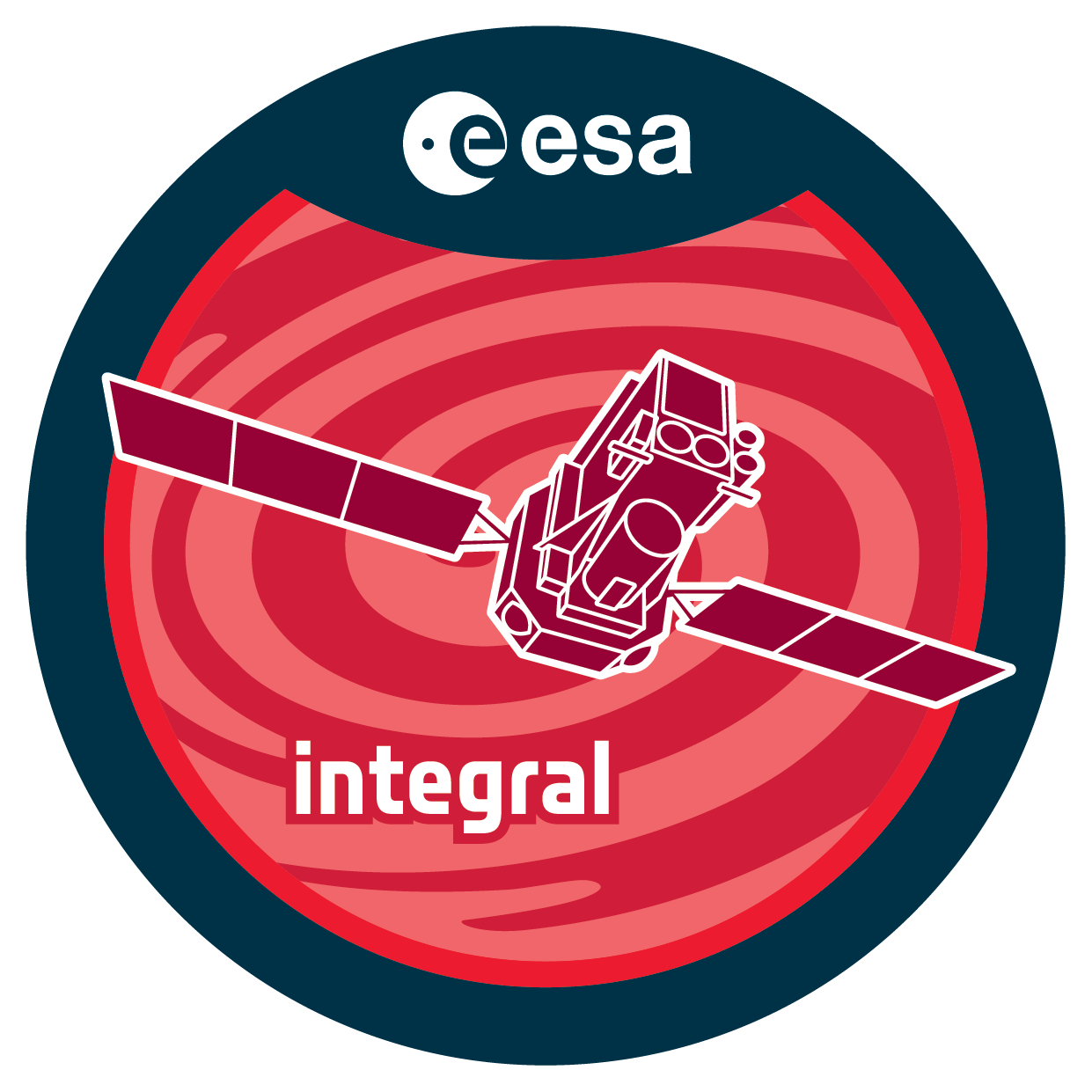| Abstract |
We propose an INTEGRAL-multiwavelengh monitoring of GRS 1915+105 with the goal to understand the tight connections that exist between the different emitting media, and placed in a broader context, understand accreting-ejecting sources in general. After a succesfull campaign in the past, here we propose to renew this type of monitoring taking advantage of new facilities (especially the Sardinia radio telescope in the radio domain), while tentatively increasing the number of wavelengths covered by including infrared (ESO facilities), and gamma-ray (Fermi) observations. Other X-ray facilities will also be considered. We require 45 ks pointings taken every second revolution, in order to 1) probe the physics of accretion by studying the X-ray emission of the source, 2) study the origin of the high variability of GRS 1915+105, 3) understand the connections between accretion and ejection processes, and 4) constrain physical models of emission processes. Points 1) and 2) can be done by looking into the interplay between the soft and hard X-ray emitters (therefore with JEM-X and IBIS), point 3) needs contemporaneous X-ray/radio/IR coverage, and point 4) will make use of Fermi-INTEGRAL observations. Besides these specific points this monitoring will allow us to accumulate more data and thus have a better view of the (rather unknown) behaviour of this source beyond 200 keV. It should be noted that GRS 1915+105 lies in a quite crowded field, with many variable sources such as X-ray binaries of all types, the enigmatic microquasar SS 433, and a couple of highly absorbed IGR sources. This survey will also permit all these sources to be studied in a regular manner. Such a monitoring will greatly participate to the INTEGRAL legacy by bringing new data on a dozen of exciting Galactic sources. |
| Publications |
- An infrared study of Galactic OH/IR stars - III. Variability properties of the Arecibo sample - Jimenez-Esteban, F. M., Engels, D.,Aguado, D. S.,Gonzalez, J. B.,Garcia-Lario, P. (2021-08-01) http://ui.adsabs.harvard.edu/#abs/2021MNRAS.505.6051J
- Diffuse Galactic emission spectrum between 0.5 and 8.0 MeV - Siegert, Thomas, Berteaud, Joanna,Calore, Francesca,Serpico, Pasquale D.,Weinberger, Christoph (2022-04-01) http://ui.adsabs.harvard.edu/#abs/2022A&A...660A.130S
- Gamma-Ray Emission of 60Fe and 26Al Radioactivity in Our Galaxy - Wang, W., Siegert, T.,Dai, Z. G.,Diehl, R.,Greiner, J.,Heger, A.,Krause, M.,Lang, M.,Pleintinger, M. M. M.,Zhang, X. L. (2020-02-01) http://ui.adsabs.harvard.edu/#abs/2020ApJ...889..169W
- INTEGRAL Observations of Magnetars - Pacholski, Dominik Patryk, Ducci, Lorenzo,Topinka, Martin,Mereghetti, Sandro (2025-01-01) http://ui.adsabs.harvard.edu/#abs/2025AN....34640109P
- INTEGRAL study of MAXI J1535-571, MAXI J1820+070, and MAXI J1348 - 630 outbursts. I. Detection and polarization properties of the high-energy emission - Cangemi, F., Rodriguez, J.,Belloni, T.,Gouiffes, C.,Grinberg, V.,Laurent, P.,Petrucci, P. -O.,Wilms, J. (2023-01-01) http://ui.adsabs.harvard.edu/#abs/2023A&A...669A..65C
- Magnetars and axion-like particles: probes with the hard X-ray spectrum - Fortin, Jean-Francois, Guo, Huai-Ke,Harris, Steven P.,Sheridan, Elijah,Sinha, Kuver (2021-06-01) http://ui.adsabs.harvard.edu/#abs/2021JCAP...06..036F
- Primordial black hole dark matter in the context of extra dimensions - Friedlander, Avi, Mack, Katherine J.,Schon, Sarah,Song, Ningqiang,Vincent, Aaron C. (2022-05-01) http://ui.adsabs.harvard.edu/#abs/2022PhRvD.105j3508F
- Search for Evolutionary Changes in the Period of the Classical Cepheid EV Aql - Berdnikov, L. N., (2020-06-01) http://ui.adsabs.harvard.edu/#abs/2020AstL...46..388B
- 26Al gamma rays from the Galaxy with INTEGRAL/SPI - Pleintinger, Moritz M. M., Diehl, Roland,Siegert, Thomas,Greiner, Jochen,Krause, Martin G. H. (2023-04-01) http://ui.adsabs.harvard.edu/#abs/2023A&A...672A..53P
- XTE J1906+090: a persistent low-luminosity Be X-ray binary - Sguera, V., Sidoli, L.,Bird, A. J.,La Palombara, N. (2023-07-01) http://ui.adsabs.harvard.edu/#abs/2023MNRAS.523.1192S
|

